9 Groceries That Might Get More Expensive if Tariffs Come
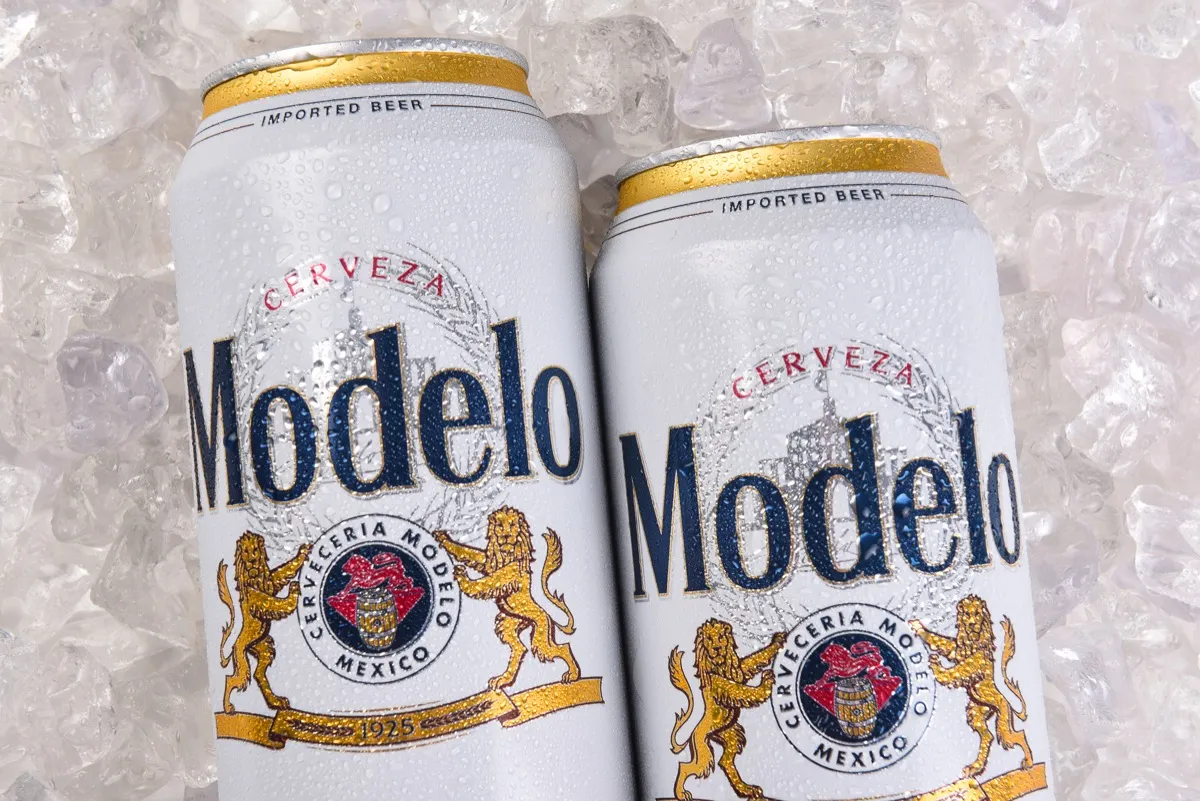
Get ready to spend more at the grocery store. A fresh round of tariffs on imports from Canada, Mexico, and China is about to send prices soaring on some of your favorite foods. From breakfast staples to go-to dinner proteins, these price hikes will hit households hard. Supporters argue that tariffs are necessary to protect American industries and jobs, while critics warn they could lead to inflation and higher costs for consumers. No matter where you stand, the impact on grocery bills will be hard to ignore. Here's a look at nine groceries that are about to get a lot more expensive—and why.
Avocados
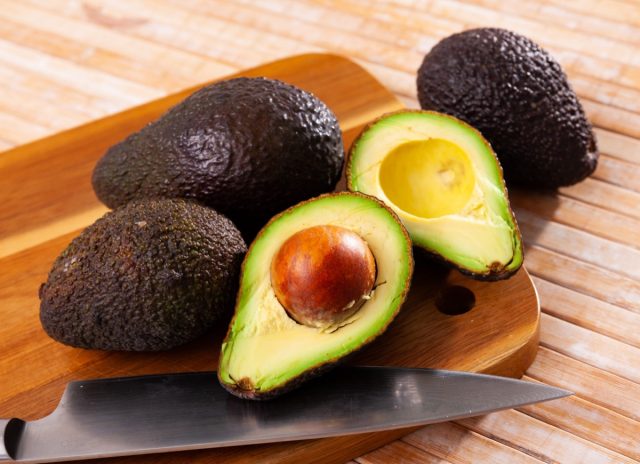
Avocados, a staple of many American diets, are facing price hikes due to tariffs on Mexican imports. The U.S. sources a significant portion of its avocados from Mexico, and with a new 25% tariff in place, importers will pass the extra cost onto consumers. The price of guacamole, avocado toast, and other avocado-based dishes will likely rise at restaurants and grocery stores alike. Since avocado demand remains high, shortages and inflated costs could persist for months.
Cherry Tomatoes
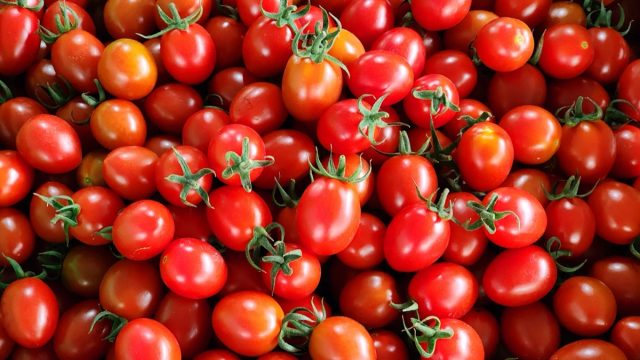
Cherry tomatoes are another casualty of the new tariff policy. Mexico supplies a large portion of the cherry tomatoes found in U.S. supermarkets, and with the additional 25% import tax, prices are expected to jump. These small, flavorful tomatoes are commonly used in salads, pasta dishes, and sandwiches, making the increase noticeable for many households. Domestic production may help offset costs slightly, but given the reliance on imports, consumers will still see higher prices at the checkout.
Beer

Beer lovers may soon feel the effects of trade tariffs as well. Many popular beer brands imported from Mexico, such as Modelo and Corona, will see price hikes due to the 25% import tax. Since Mexican beer accounts for a large share of the U.S. beer market, the increased costs will likely be passed down to consumers. Expect higher prices at bars, grocery stores, and even restaurants that serve these popular beverages.
Beef
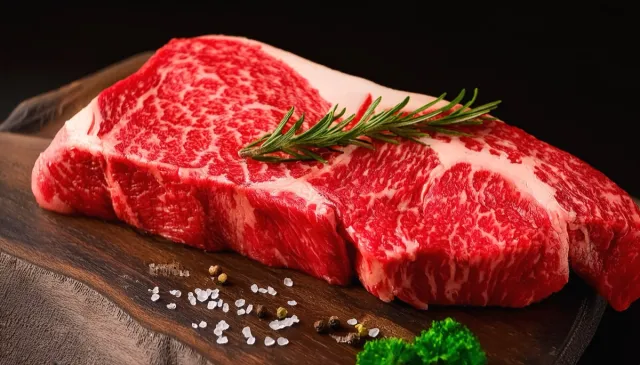
Beef prices were already on the rise due to supply chain issues and disease outbreaks affecting cattle. Now, with tariffs on beef imports from Canada and Mexico, costs are set to climb even further. The U.S. relies on imported beef to meet demand, especially for popular cuts like steak and ground beef. With an additional 25% tariff on these imports, grocery store prices will reflect the higher costs, making beef an even more expensive option for American consumers.
Pork
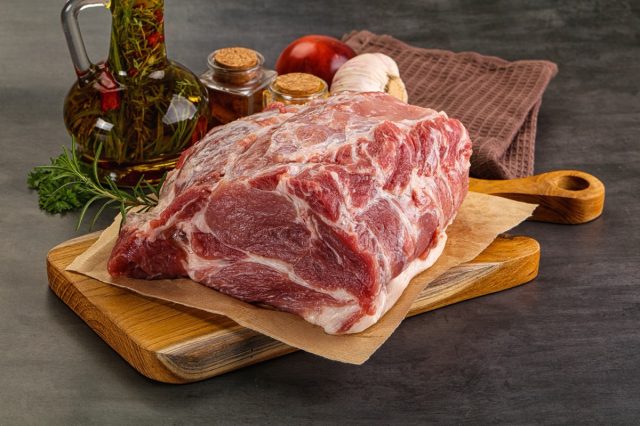
Pork is another protein that will see significant price increases due to trade tensions. The U.S. imports a substantial amount of pork from Canada and Mexico, and the 25% tariff will make these imports more costly. This means higher prices for bacon, sausages, and pork chops at the grocery store. While domestic pork production continues, it may not be enough to offset rising costs, leaving consumers with steeper prices for their favorite pork products.
Seafood
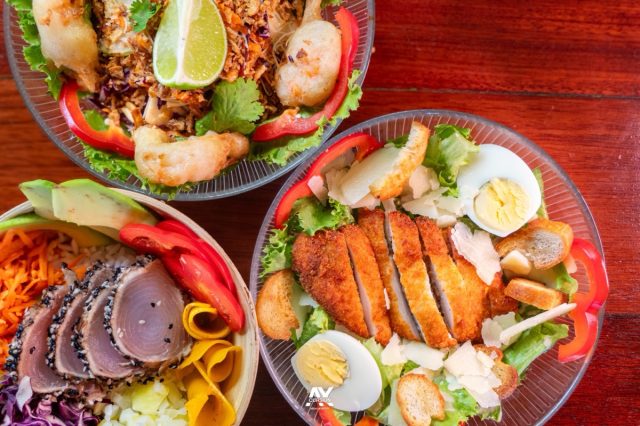
Many types of seafood, including shrimp, tilapia, and crab, are imported from China. With the implementation of a 10% tariff on Chinese goods, seafood prices are expected to rise quickly. The U.S. seafood industry depends heavily on imports, and while some domestic fisheries can help supply demand, they cannot fully replace the volume of imported seafood. As a result, both fresh and frozen seafood will become more expensive for consumers.
Garlic
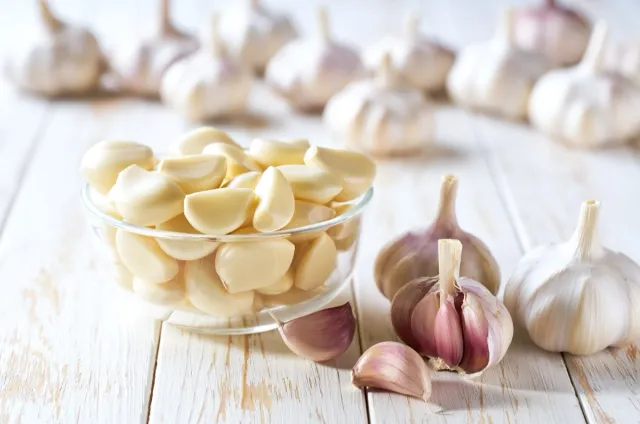
Garlic is another pantry staple that will soon carry a higher price tag. The U.S. imports much of its garlic from China, and the new 10% tariff will add to its cost. Garlic is a key ingredient in countless recipes, from sauces and stir-fries to roasted dishes and marinades. With domestic garlic production unable to fully meet demand, the increased import costs will likely result in higher prices at grocery stores nationwide.
Apple Juice
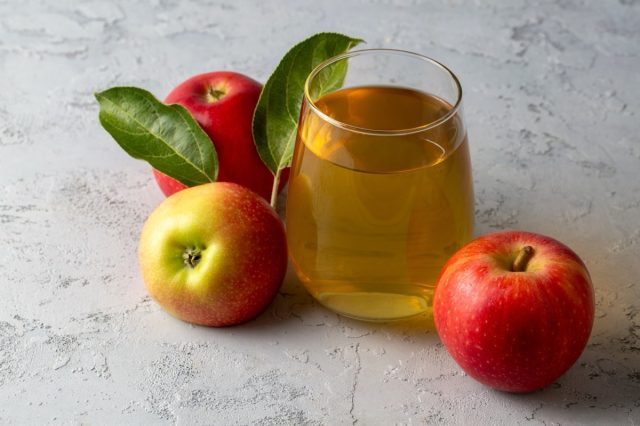
Apple juice, a favorite among both children and adults, is another item affected by the new tariffs. A significant portion of apple juice sold in the U.S. is imported from China, and with a 10% tariff now in place, consumers will see higher prices. Since apple juice is a staple in many households, parents may need to look for alternative beverages or pay more for their usual brands.
Honey

Honey lovers will also feel the effects of the new trade tariffs. The U.S. imports a large amount of honey from China, and the 10% tariff will push prices higher. Since honey is widely used as a natural sweetener, in baking, and even in health products, the price increase will impact various industries. Domestic honey production exists, but it may not be enough to keep up with demand, leading to lasting price hikes.









